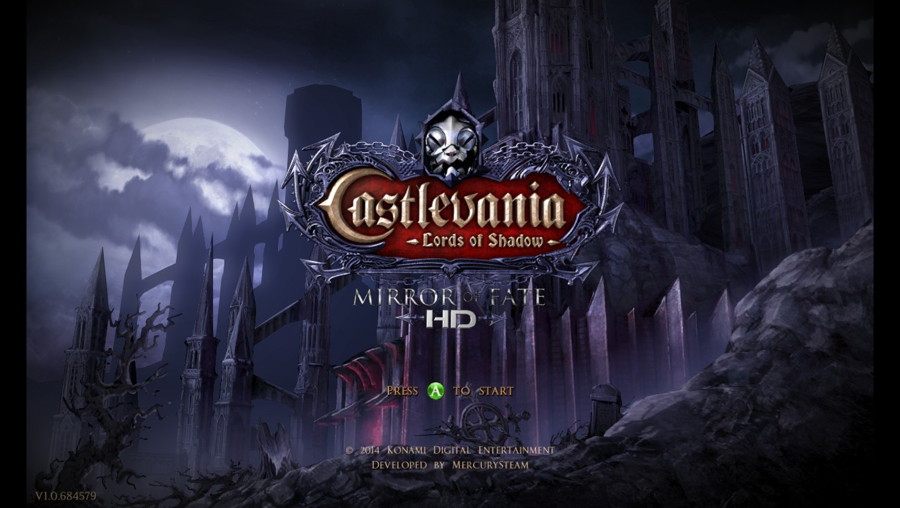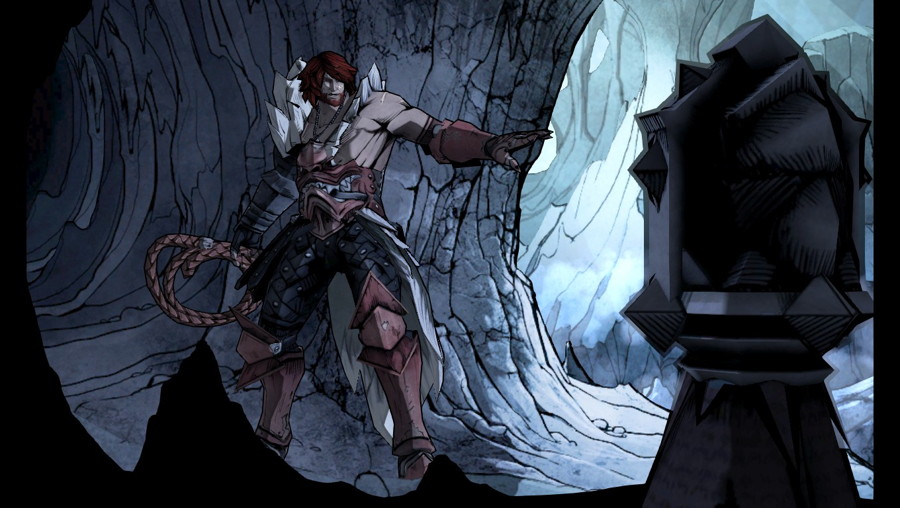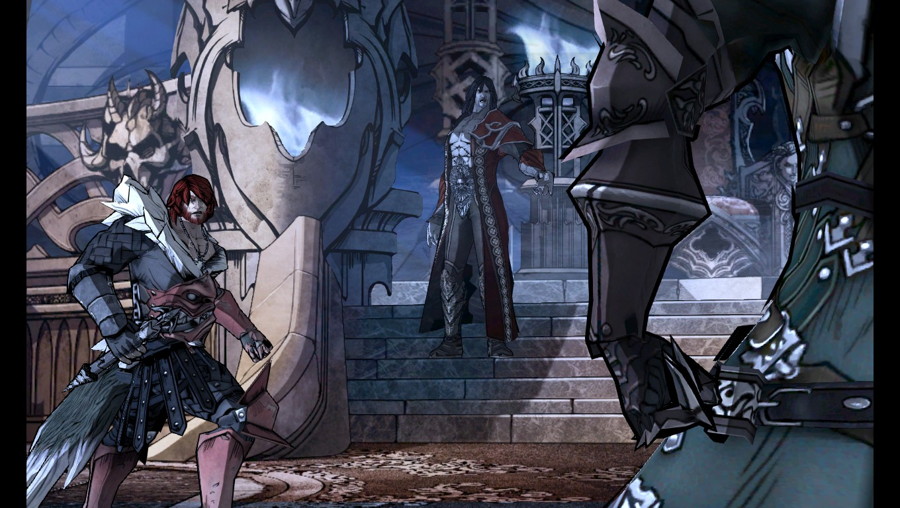Originally published on Nintendo Castle.

Nintendo surprised us all at E3 by announcing Metroid Prime 4, but they surprised us even more with the reveal of the Metroid II remake everyone in the Metroid community has been clamoring for. But why exactly is it that fans desired a remake to begin with? And is MercurySteam really up to the task?
We at Nintendo Castle have taken these considerations into account and put the original Gameboy outing up to the pedestal. We also had a look to see just what fans themselves wanted from a remake with the oft-praised and controversial Another Metroid 2 Remake. Finally, we put MercurySteam to the test and analysed their first Metroidvania styled effort with Castlevania: Lords of Shadow - Mirror of Fate, to see if they’re really up to the task.
Over the next few months, we hope to take you on a trip down memory lane, or maybe even your first ever exposure to this often forgotten classic amongst its newer, more well received peers. We will be marking the return of Samus, have you?
Check out Part 1 and Part 2 of this series!
Part 3: Storming the Castle

In the finale to our little retrospective, we tackle MercurySteam’s only other crack on the Metroidvania genre with the interquel title they crafted during their brief tenure with the Castlevania series, Lords of Shadow - Mirror of Fate. If you’re unfamiliar with the sub-series, considering this was the only one released on a Nintendo platform, it acts as a series reboot with a new Belmont taking front stage, Gabriel. Their games have received mixed reception, largely for feeling so disconnected to the rest of the franchise, but never quite recieving any major negative reception (besides Lords of Shadow 2, which was met with rocky development and poor management from Konami).
Mirror of Fate was an attempt at the gameplay style that one other Castlevania title, Symphony of the Night on the Playstation, helped to coin the term “Metroidvania”. Nintendo fans will best know this style of Castlevania from the various portable entries on the GBA and DS. MercurySteam made a blend of this style with their combat heavy Lords of Shadow gameplay to make a weird combination with generally mixed results. Some elements shine, whilst others are just a miserable pile of secrets. But enough talk, have at you!

The game starts with a familiar name, Simon Belmont. For a series reboot, it’s interesting to see the new takes on established characters, but sadly Simon is fairly generic. But to mix things up, the game switches between characters with major story beats. After Simon comes Alucard, fan favourite son of Dracula, and then Trevor Belmont.
While these are recognisable names, MercurySteam did some peculiar things with their new incarnations. Firstly, Trevor is Simon’s father in this universe. Odd, but acceptable. However, the biggest head-scratcher is the decision to make Trevor become Alucard. The ending of the original Lords of Shadow had Gabriel become Dracula, with his son being Trevor, so it’s all a weird web of mysteries that frankly isn’t worth getting entangled in.
Gameplay fares much better, with the combat system of Lords of Shadow being replicated in 2D. It’s not immediately intuitive, as there are only two planes of which to fight in, but it steadily evolves with time as gaining levels unlocks new moves to use. Previously tough enemies become fodder for your expanded movesets near the end of the game and there’s a surprising amount of depth to it all. Sadly, it’s all optional, as flailing your whip, dodging and blocking suffices for all but the most stubborn of foes.
The physics feel a little floaty and imprecise, something other Castlevania games don’t suffer from. Hit detection is also another peculiar aspect. While your attacks will often hit the mark, incoming attack hitboxes don’t quite feel as they look. It’s sometimes possible to take a hit from what looks like nothing, as the hitbox was still active when the attack itself appeared to have ended.

Design of the world is fairly straightforward, following the same patterns you would expect from Castlevania. Familiar sites include an abandoned village, a cathedral and the clock tower, but a lot of the locales are just either underground or in typical castle halls. There is the theatre and the laboratory that are unique though. Actual map design is a little more questionable, as the game really does try to funnel you forward. You rarely ever backtrack, and when you do it’s often much easier to use the conveniently placed warp points.
The narrative structure of segmenting the map with story chunks instead of one continuous world means most exploration for missed items is done through the chapter select, which comes off as rather jarring. Ultimately though, it’s cleanly designed and never feels like there’s much empty space.
Mirror of Fate starts off fairly rocky, Simon just doesn’t have much to offer. He doesn’t get as many fun and unique abilities compared to Alucard and Trevor. But as you go further in and get to play as Alucard, you do get some fun abilities to play around with. Trevor combines elements of both, though without supernatural abilities like Alucard, and feels like what Simon could have been. But Simon is forever locked to early game abilities and never has the opportunity to double jump or dash, making him the least exciting character to play as.

All in all, it’s not a terribly exciting game. It doesn’t really share much in common with prior Castlevania games thematically, which the Lords of Shadow series as a whole suffers from. Characters aren’t bombastic enough, you won’t find any scenery chewing performances here. The music, an aspect Castlevania is renowned for, takes the realistic film score style, with similar sounding tracks playing throughout the whole game. It’s very dark and gritty, with muted tones littered throughout.
But in the end, it’s not a bad game. It’s inoffensive and still tightly put together. The issues comes from the direction taken, which Konami agreed to and left the studio to their own devices. Being different isn’t necessarily bad, just be prepared to accept that this isn’t what you may remember from Castlevania games of yore.